For starters, I feel like I’m playing at home. Building, Simulation, and Tycoon games have been my thing since my parents bought my first Windows XP computer. In the past months, I have played a series of Web2 building games, the latest being Foundation, Manor Lords, Go-Go Town!, Northgard, and Satisfactory, as well as tycoon-style games like Production Line, Car Manufacture, and even Casino Tycoon, even though I’m not too fond of gambling but love building.
My Neighbor Alice gives me a positive vibe about mainstream gaming—precisely what I expected.
I remember the buzz created around My Neighbor Alice in 2021, with the blockchain gaming media stating that it could be a Trojan horse for mainstream gamers to join our space. Around April, the first land sale was launched with a whopping 60% discount.
Four years later, the game is hosting its second beta season, and today, after hours of playtime, I’m writing my My Neighbor Alice Review.
What You Need to Know:
- My Neighbor Alice is a farm-and-land-building game with simple MMO elements. It is a mix of Animal Crossing, Farmville, and TownStar.
- Players can terraform the land and build upon it however they like, creating a vibrant world.
- Most of the fun stuff is done through the $BJORN coin, which is not on the blockchain. You can easily earn it by playing, which has no real value.
- $ALICE is the actual tokenized in-game currency, and it’s required for advanced crafting, minting NFΤs, and unlocking the game’s play-to-earn aspect.
- There is a Marketplace where players can buy Land Plots, Animals, and other assets in the form of NFTs in exchange for $ALICE tokens.
- The free trial lands are temporary, meaning you must get a new one next season, but you can keep the buildings.
- If you are into farming games, My Neighbor Alice can keep you occupied for a long time, primarily if you treat the play-to-earn aspect as an additional bonus and not chasing the money.
What is My Neighbor Alice
My Neighbor Alice is a play-to-earn farming game with chilled gameplay. Like Decentraland or The Sandbox, it is an open world where players can explore the environment, interact with others, and own land and other assets.
A series of quests will guide players through the basics of the game while earning essential rewards.
The world has 100,000 land plots, divided into six Islands and four regions. Players can change the topography of their plots, build structures, craft items, gather materials, and establish farms, which can later be redeemed for NFTs and $ALICE token rewards.
When writing this review, only the Medieval Plains and Nature’s Rest islands are available to the public.
Not all lands are sold to the players; some are reserved for the game to act as tows and other community activities.
The Islands are:
- The Town
- Snowflake Island
- Nature’s Rest
- Submerged Islands
- Sandy Coast
- Medieval Plains
The Regions are:
- Tourney Wolds
- Rusty Pikes
- Pioneer Points
- Shaded headland
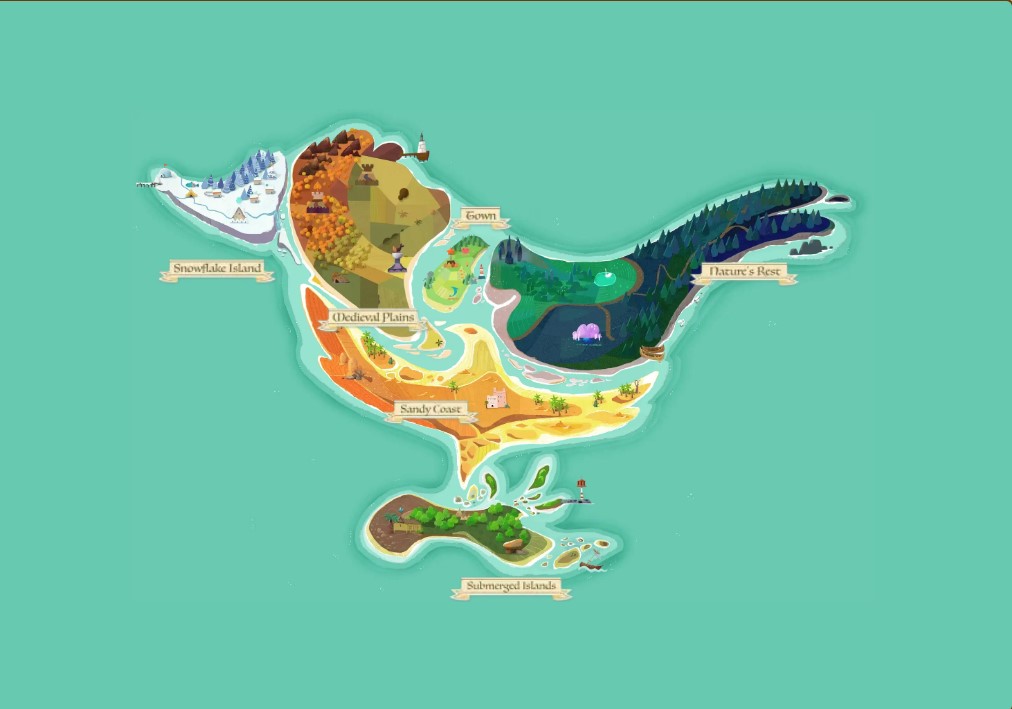
Gameplay
I found the gameplay catchy, although I did encounter several bugs, mainly with the game loading. Considering the game is in Beta, I didn’t care about it that much.
The Gameplay follows the simple yet effective mechanics of building/farming games, keeping you occupied for a long time. There were plenty of things to do in the game, and I did them joyfully, patiently waiting 24 hours for my carrots to grow.
You can build your farm, go fishing, and gather resources using crafted tools. Within your free trial or purchased land plot, you can build different structures to help you advance in the game, such as a crafting station to craft various essential tools or a Refinery to convert raw materials into refined resources.
There is a wide variety of placeable objects, such as a seed dispenser machine that offers vegetable and fruit seeds in exchange for resources you can mine using your tools.
The more you play, the better quality tools you can make, which are required for different resources.
Everything you Craft requires either a blueprint or a ticket, making the game more challenging. Tools also wear off after some usage.
Crafting is a massive element in the game. Not all assets are NFT, but those that need some $ALICE Tokens as collateral. You can get the $ALICE back for a small fee when destroying those NFTs. Moreover, those NFTs can be staked in during staking periods and earn extra $ALICE.
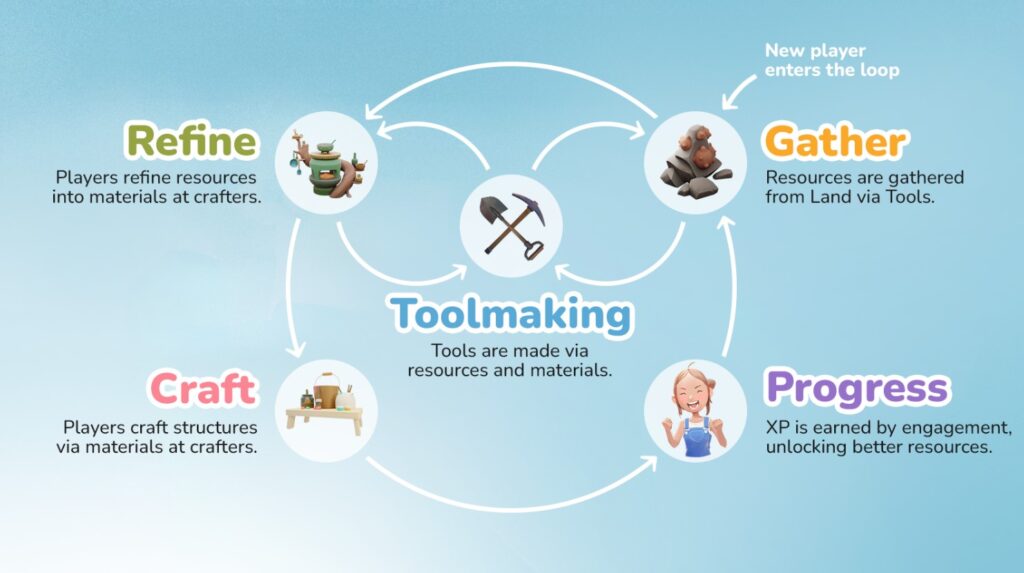
Of course, My Neighbor Alice features in-game trading, where you can offer your resources and animals to other players. You have to complete a quest to unlock trading, and you have two options: setting a storefront on your land plot or using a Townhub storefront (central marketplace), where most players will search for resources.
When writing My Neighbor Alice Review, only assets on the Chromia blockchain can be traded within the game.
By progressing in the game, narrative-driven quests will unlock more gameplay elements in a manner that makes sense.
Overall, I like the game’s mechanics. There could be some improvements, like the player movement or the bug I encountered when I built the Refinery, but that’s just my two cents.; I enjoyed my time playing My Neighbor Alice, and it could be a game that I would return to from time to time if I had a land plot, like other simulation games I play.
How To Play My Neighbor Alice
To start playing, you need three things.
- A Metamask Wallet. (Your blockchain wallet – Chrome Extension)
- A free trial land plot.
- Chromia Launcher.
My Neighbor Alice has a free trial land plot, so you can play the game without spending any money, and I’m doing this. The experience is not the same as owning several NFTs, but it’s enough to get the point of the game and try before you buy.
My Neighbor Alice is available on Windows PC through the Chromia launcher app, and the minimum system requirements are as follows:
| OS: | Windows 7 or higher |
| CPU: | Intel i5-6400/Ryzen 5 1600 |
| RAM: | 8 GB RAM |
| GPU: | Nvidia 1050/AMD RX 560 |
| DirectX: | Version: 11 |
| Storage: | 6 GB available space |
As you can see, you need basic hardware to play the game; considering an i5-6400 CPU is approximately nine years old, almost every computer of the past decade can run the game.
The Marketplace
The Marketplace of My Neighbor Alince requires $ALICE tokens to trade. You can find Land plots, Animals, Various Items, and Equippables.
NFTs are on the Binance Smart Chain so that the Gas fees won’t be a problem. As I said at the beginning of this review, we all expected this game to be the trojan horse of web3 gaming to the mainstream. I would love to see the marketplace evolve so players won’t need any metamask and chains knowledge to interact one day.
Land plots will help you advance further in the game, and you can get the cheaper one for 180 $ALICE Tokens, which translates to 200$ at the time of writing this Review ($1,10 per token). While a non-blockchain would think that’s a lot, it’s a standard price for low-end NFT Land plot in popular games.
Some Land plots are more expensive than others due to their location and natural resources.
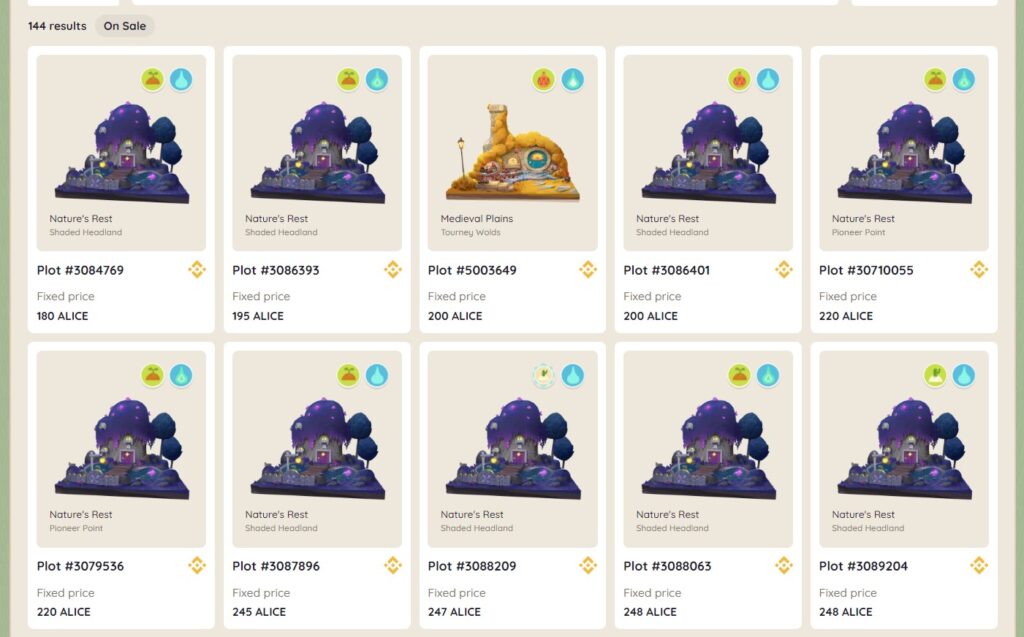
Based on stats from the Marketplace, in the past 30 days, there were 115 sales, with 50 of them being Land Plots. Additionally, there were 10,264 “New Neighbors”, which means new wallets connected to the Marketplace.
A Small Guide through to My Neighbor Alice
You are ready to play once you have claimed your land and verified your email. The first screen will prompt you to customize your female-only avatar. There is a small selection of Skin tones, hair, eyes, eyebrows, lips, and clothing options. Here is mine. I named her Fleece. She looks cool.

As the title suggests, your neighbor is Alice, who will initially welcome you to Lummestad. After interacting with her, her brother Jose will take you to your land plot and offer one Common Stone and one Gleaming Copper as quest rewards.
Once you are there, Alice will give you further quests, including building a homestead, which I did before getting that quest and had no problem completing.
Next, Oli will summon you to offer you 18 $BJORN for free and guide you through building and Upgrade, again with some quests.
Oli will offer your $BJORN daily, and his essential quests will grant you rewards and guide you through My Neighbor Alice’s fundamentals.
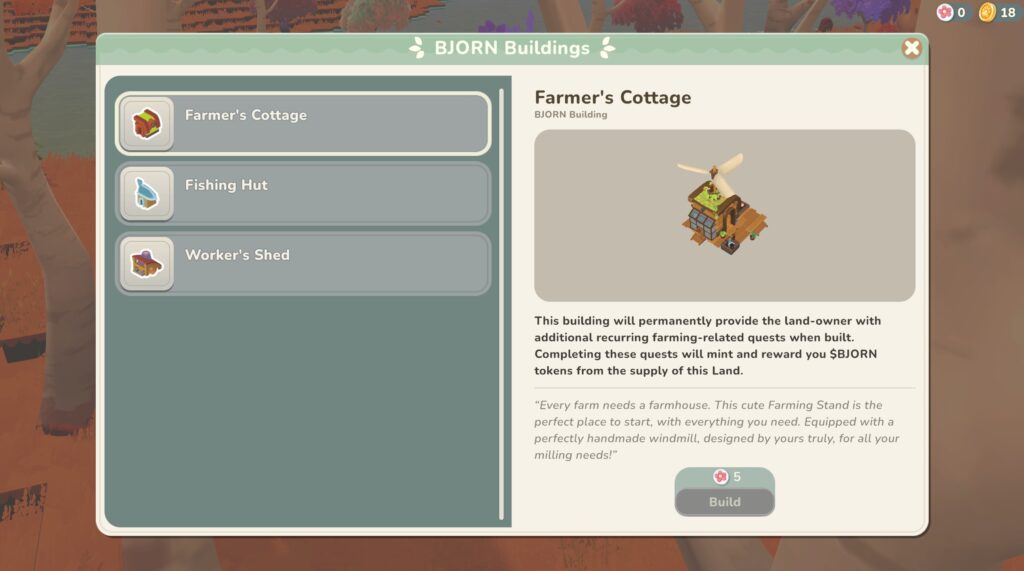
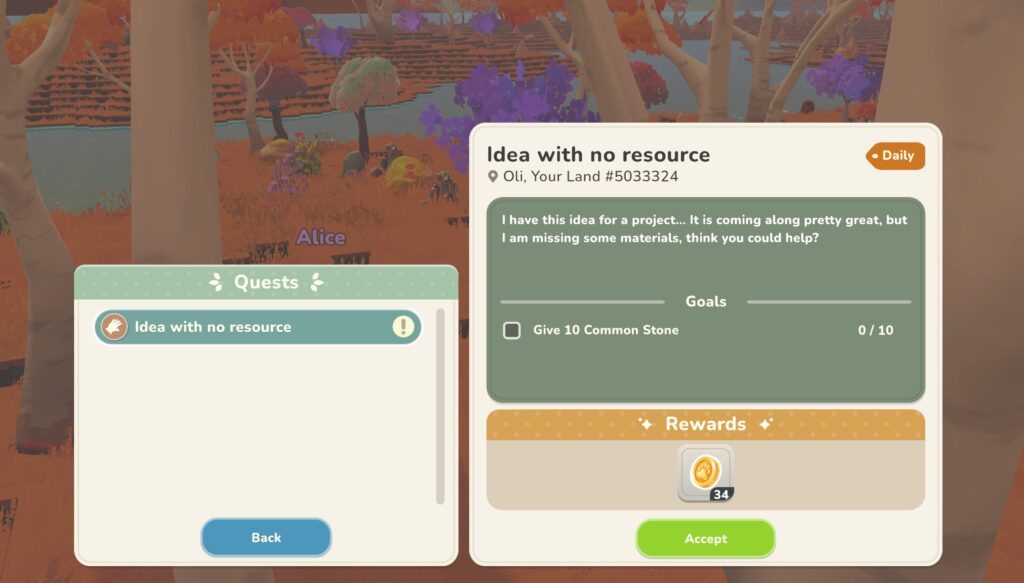
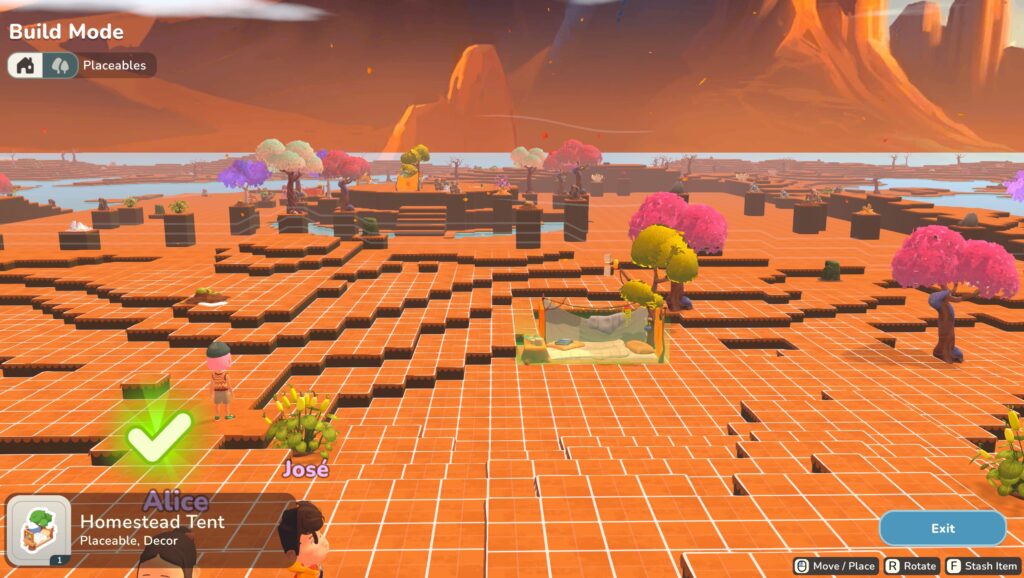
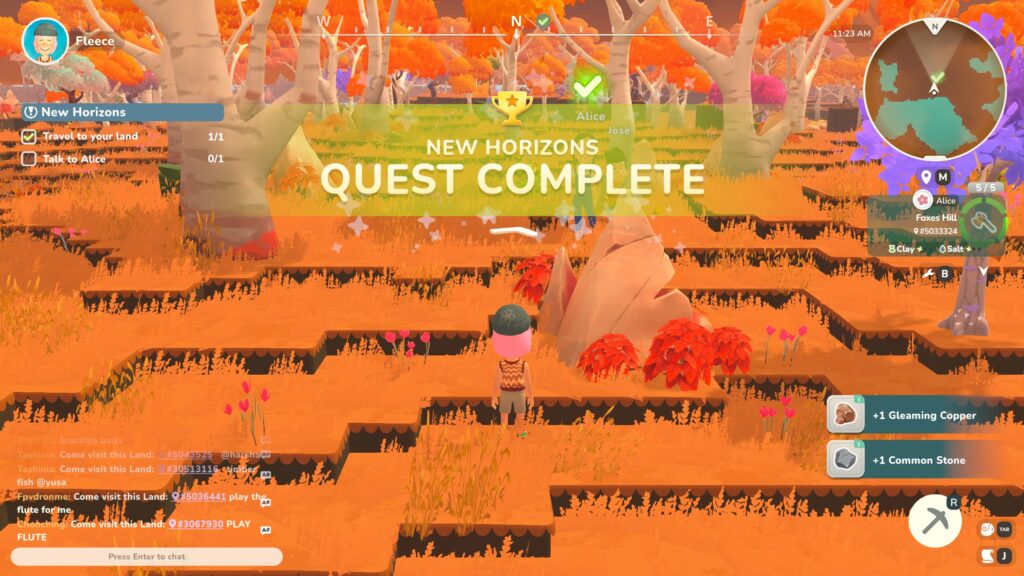
By continuing the quests, you will be guided back to Alice to acquire a Crafting Station, which you will then use to craft mining tools, an essential part of the game. Each crafting option will require a ticket and some resources to build it, and Alice will grant you a ticket to construct an Anvil to make the tools needed to finish the quest Oli assigned you.
The process is straightforward; you need a bench, tools, and resources.
When opening the Crafting Station, there are seventeen different options to build, which suggests a deep building and mining gameplay, something a gamer like me would expect.
The Crafting Station options in My Neighbor Alice are:
| Anvil | Seed Dispenser | Refinery |
| Fishing Rod Stand | Sewing Machine | Interior Decoration Table |
| Outer Workings Table | Fish Spa (!!!) | Baking Spirit |
| Fiber Weavery | Ore Smelter | Baking Spirit |
| Stone Cutter | Wood Sawmill | Brick Burner |
| Fleamarket Stand | Landscaping Voucher (consumable) | Dyeing Table |
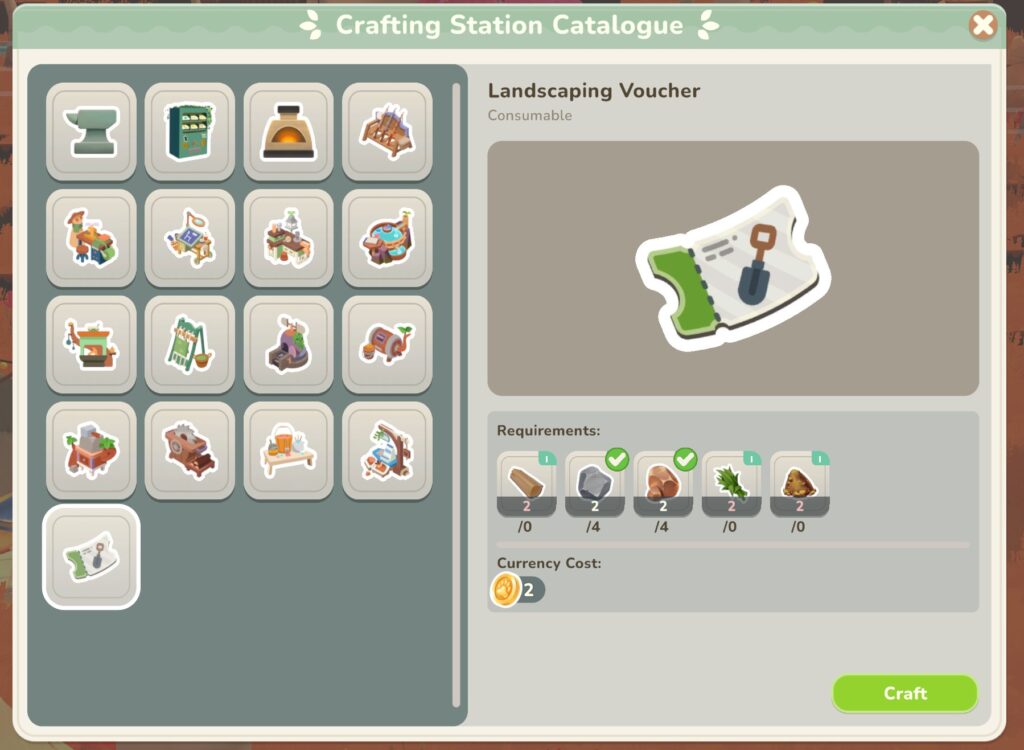
Upon building the Anvil, you will understand that it is one of the most crucial building elements of the game. There are 30 tools, with the basic ones coming in three different tiers: the standard hammer, the golden, and the shiny one. The shiny is a tier-3 object requiring more advanced resources to make.
The Anvil is home to material-gathering tools; a Sickle will be used for bushes, an Axe for Trees, a Pickaxe for Ores, and a hammer to mine Stone.
You will also need a blueprint besides the resources necessary to make a tool. Tools can break with use and be bought from the town center.
Continuing the quest, Alice will grant you a blueprint to create a basic hammer called “Classic Lummel Hammer” for stone mining. By now, you should have all the resources needed; hit that craft button and go back to Alice to complete the quest. You will receive additional blueprints for the rest of the essential tools to get you started.
By clicking the R button on your keyboard and selecting the hammer, you can start mining Stones. After you finish it, there will be a 14-hour cooldown to that stone deposit until you can mine again.
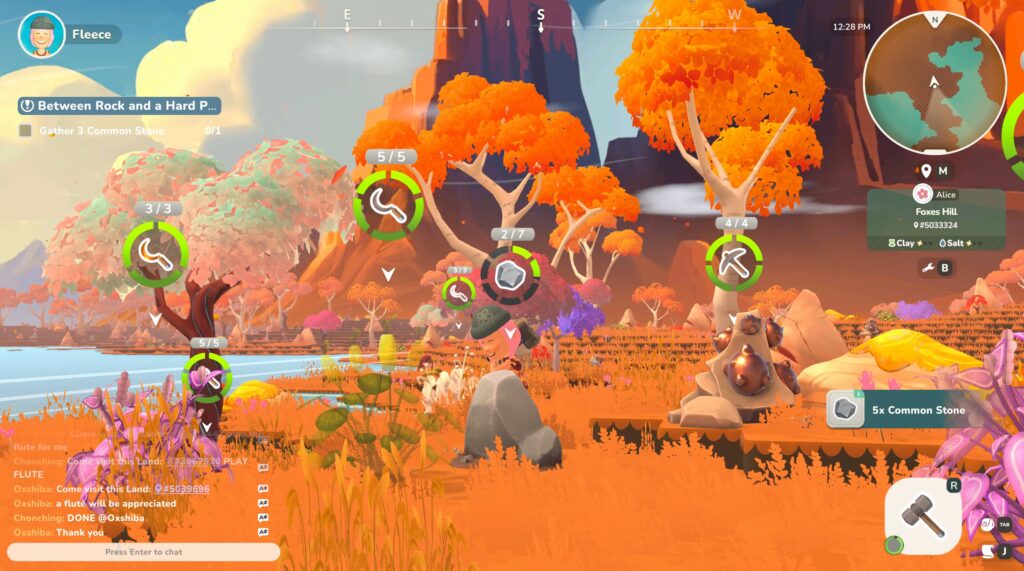
Returning to Oli to complete the quest, you will get 34 $BJORN, and a new NPC “Hae-Won” will spawn with additional quests to guide you through Farming.
Hae-Won will grant you the resources and a ticket to build a Seed Dispenser, a device that allows you to convert gathered resources to seeds. So head back to Crafting Station and build that thing.
Some back and forth with Hae-Won will give you a quest to acquire 3 Mist-Veiled Carrot Seeds, which can be crafted from the Seed Dispenser. Then head back to the Crafting Station and craft a Watering Can, a Seepd Pouch, and a Garden Hoe.
Open three holes using your Hoe, plant the carrot seeds, and water them using your Watering Can. They will grow in 24 hours, and you need to water them every 8 hours. If you are late for watering, the crop will stop growing until you do it.
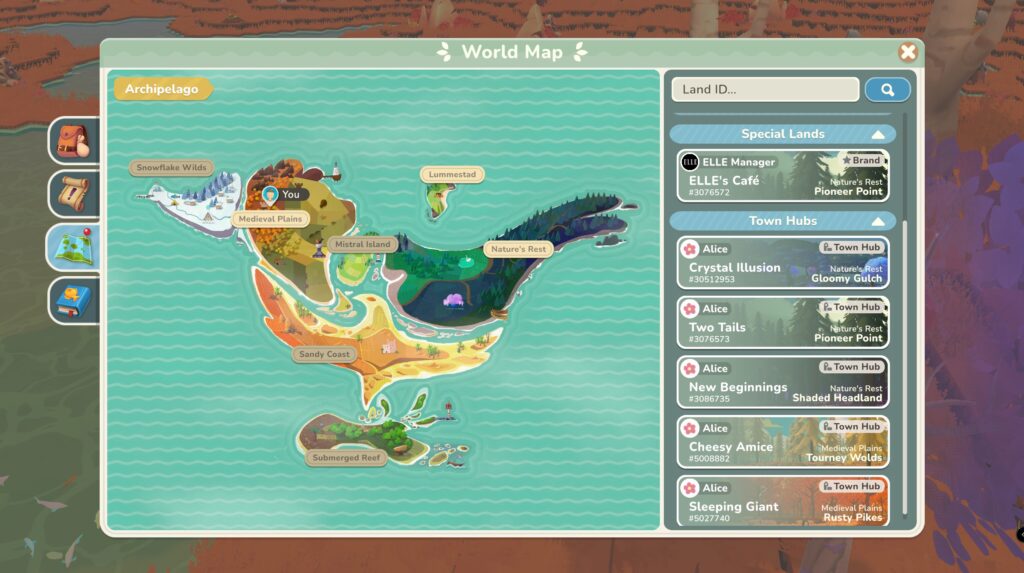
Next, you get some Wild Seeds from the NPC. Plant those, too. Once you finish, you will complete the quest.
I had a hard time watering the carrots; for some reason, it was not working, So I had to restart the game. I experienced an endless loading loop and was forced to exit from the game and Chromia Launcher. After restarting, I was able to water my carrots normally. Here it is, the first two bugs 🙂
Alice will then refer you to Bjorn for another quest: learning how to fish and getting the blueprint for the Fishing Rod Stand. Once you start fishing, a simple mechanic with click and A & D buttons will make you a professional fisherman.
The following quests are pretty self-explaining, learning the fundamentals of the game and offering rewards.
My Neighbor Alice has done great work in guiding you through the game mechanics, and that’s something we don’t see regularly.
Most simulation games show a pop-up with text and force players to skip and learn through trial and error, but that’s not the case here. Even a child with basic knowledge of English could play it.
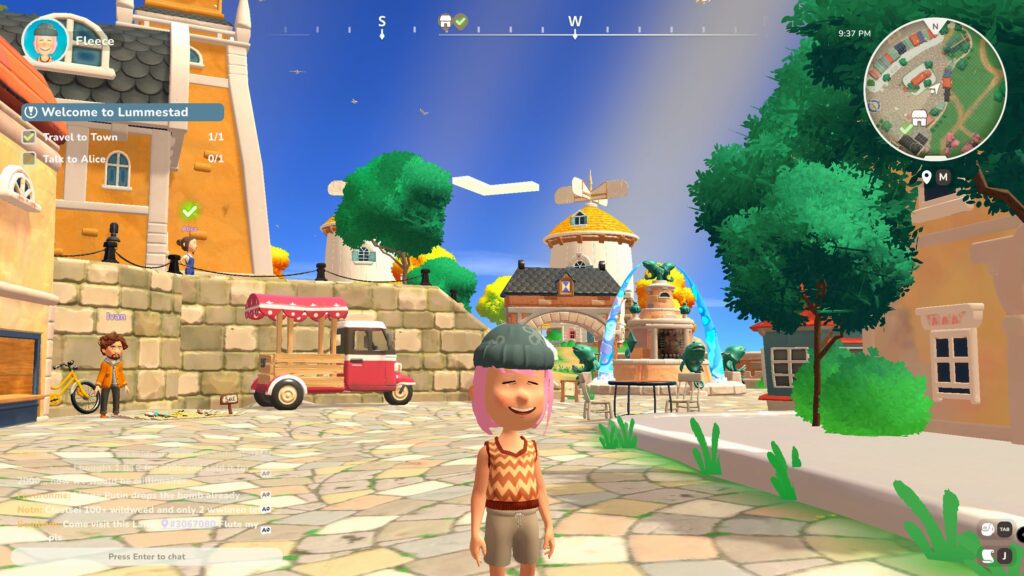
At the Town
The nice-looking old, cozy feels like it’s made out of dreams. The MMO element is present as you encounter other real players, and there is a series of quests, too. First, you will get some emotes, which you can perform by pressing Q.
Alice will send you to Ivan, the shop owner. You can buy several essential tools there, including blueprints and cosmetic items, which were not present when I played.
I got a magic flute from that shop. I can play music for other players’ crops and increase the yield. xD That quest is bugged, as I had to restart the game to finish it, and again, the game didn’t load, so I forced quit both the launcher and the game.

Conclusion
My Neighbor Alice Is a decent farming game. It takes the farming and building simulation duo to the next level by enabling players to interact with each other through the MMO and Open World aspects. The deep gameplay can keep you occupied for a while, but as you streamline the processes, it takes less and less time.
Crafting, growing vegetables, etc., have cooldowns and might require you to log in twice or three times a day to perform some standard tasks. Supposedly, you have a plethora of land plots, then the game can become time-consuming.
I like the graphics a lot; they are ideal for this game. The thing I wouldn’t say I liked that much was that there weren’t many active players, although it’s beta, and in due time, more and more will join, especially since you can start playing for free.
Lastly, since you can play without spending money and most of the tasks are performed with the $BJORN token, it makes sense for regular gamers to join and have fun, making it a game for everyone, not only blockchain gamers.
I would advise you to grab a free trial plot and give it a go.

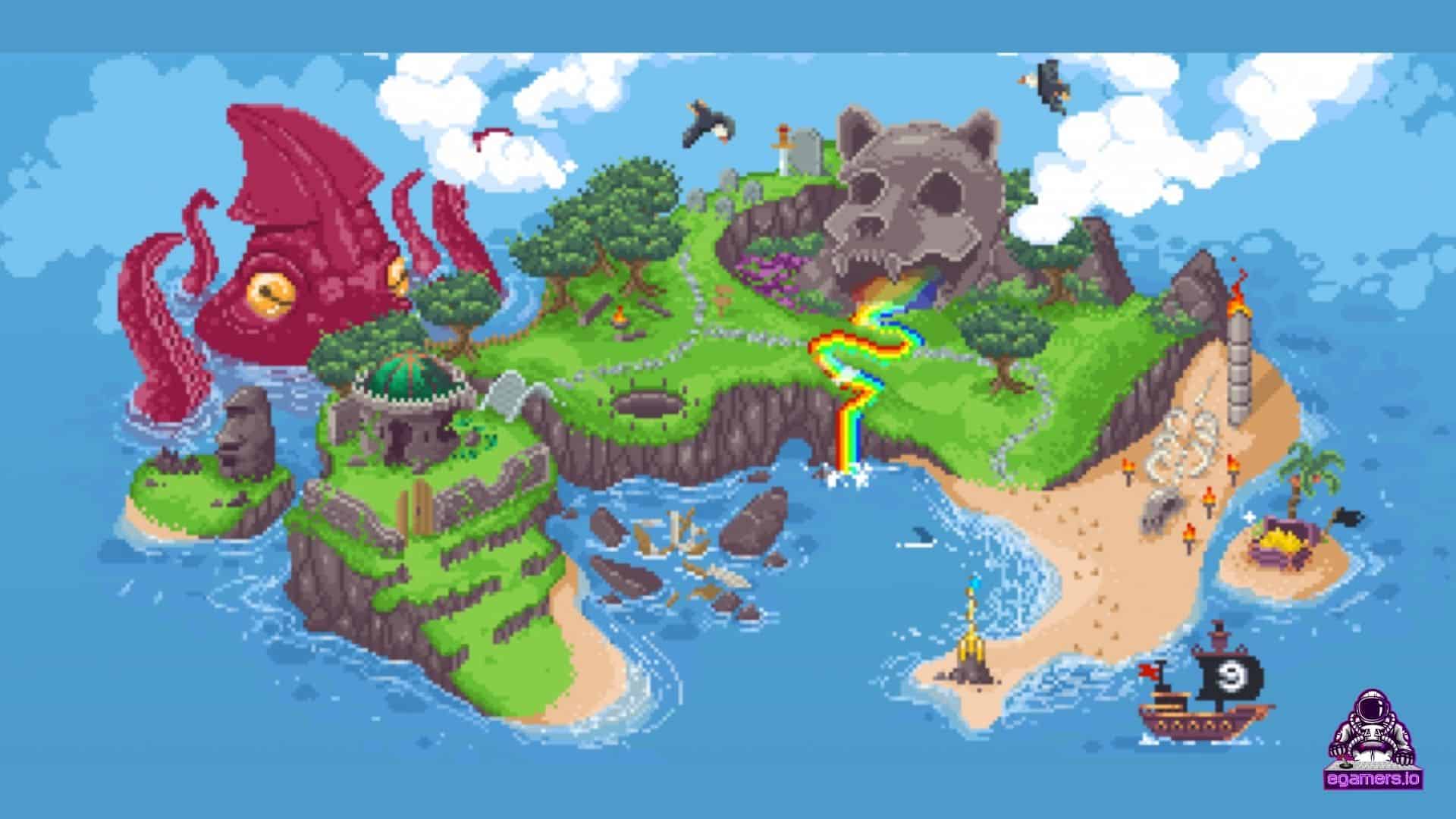
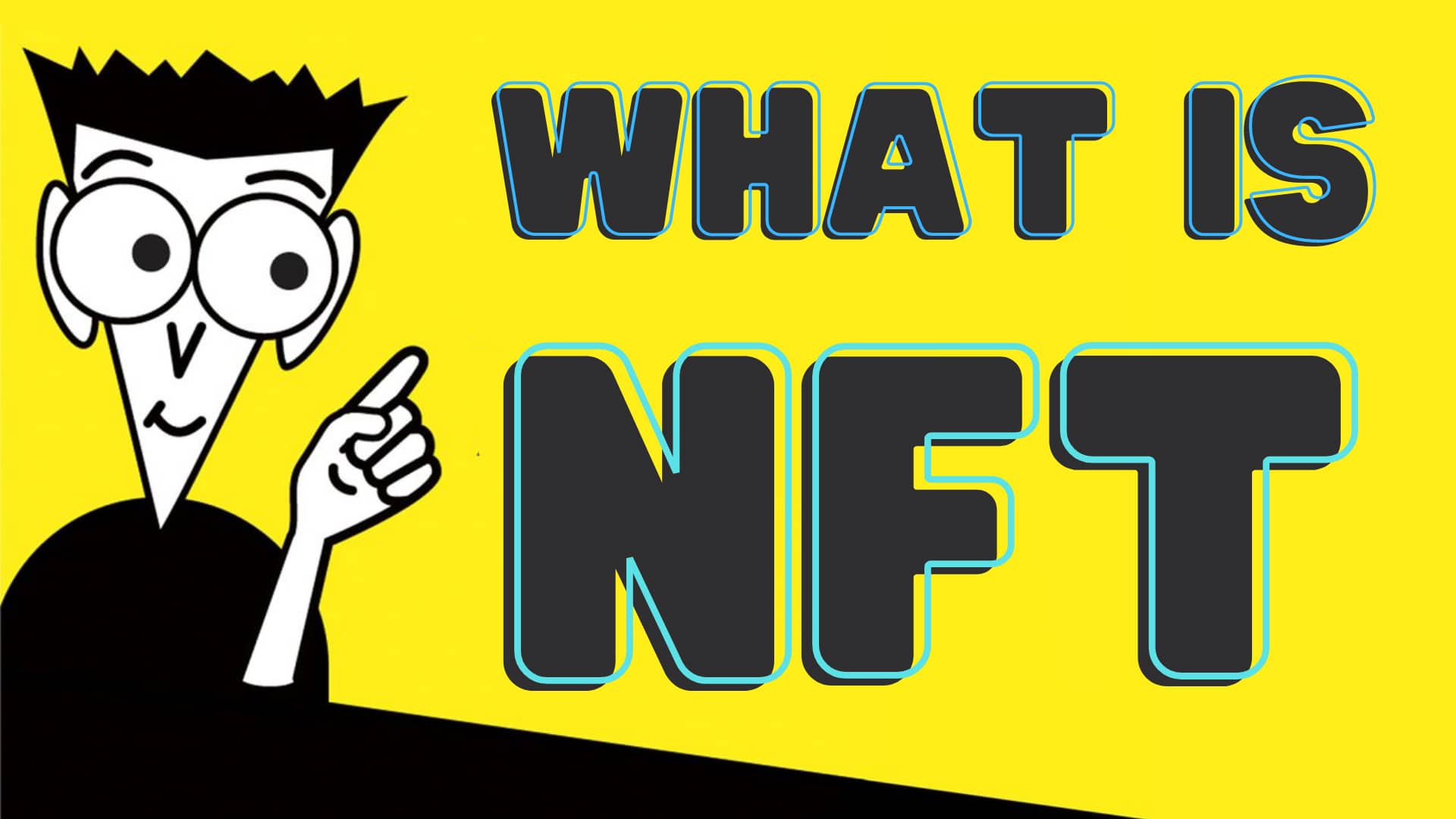
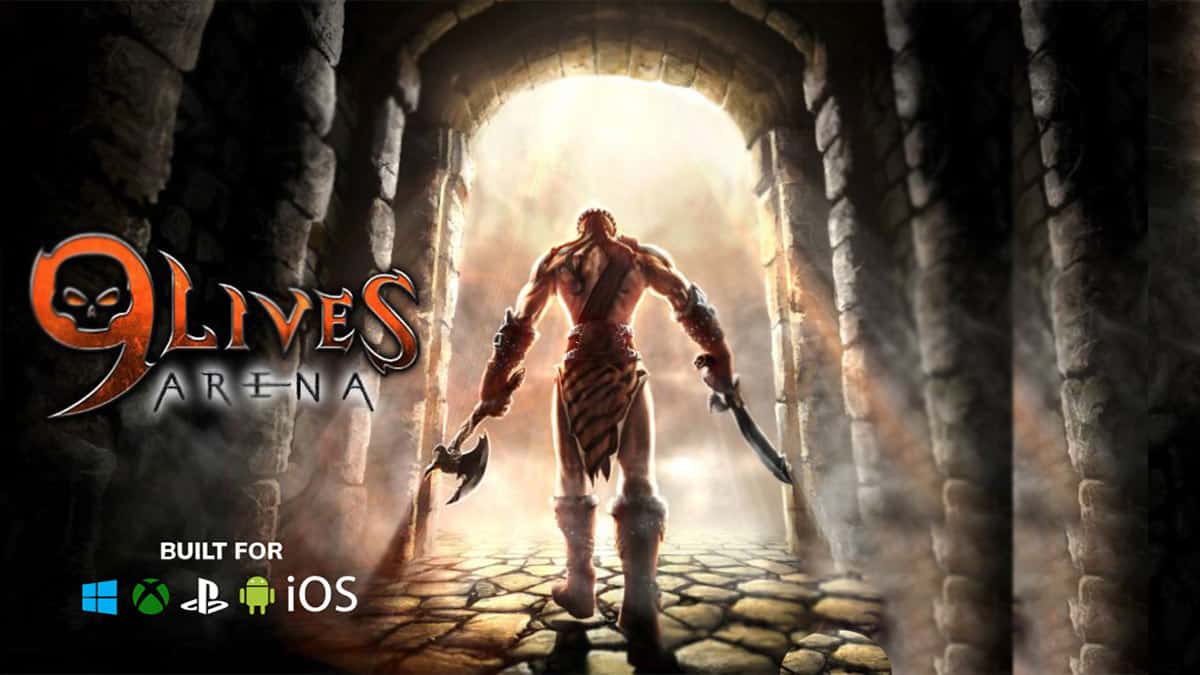


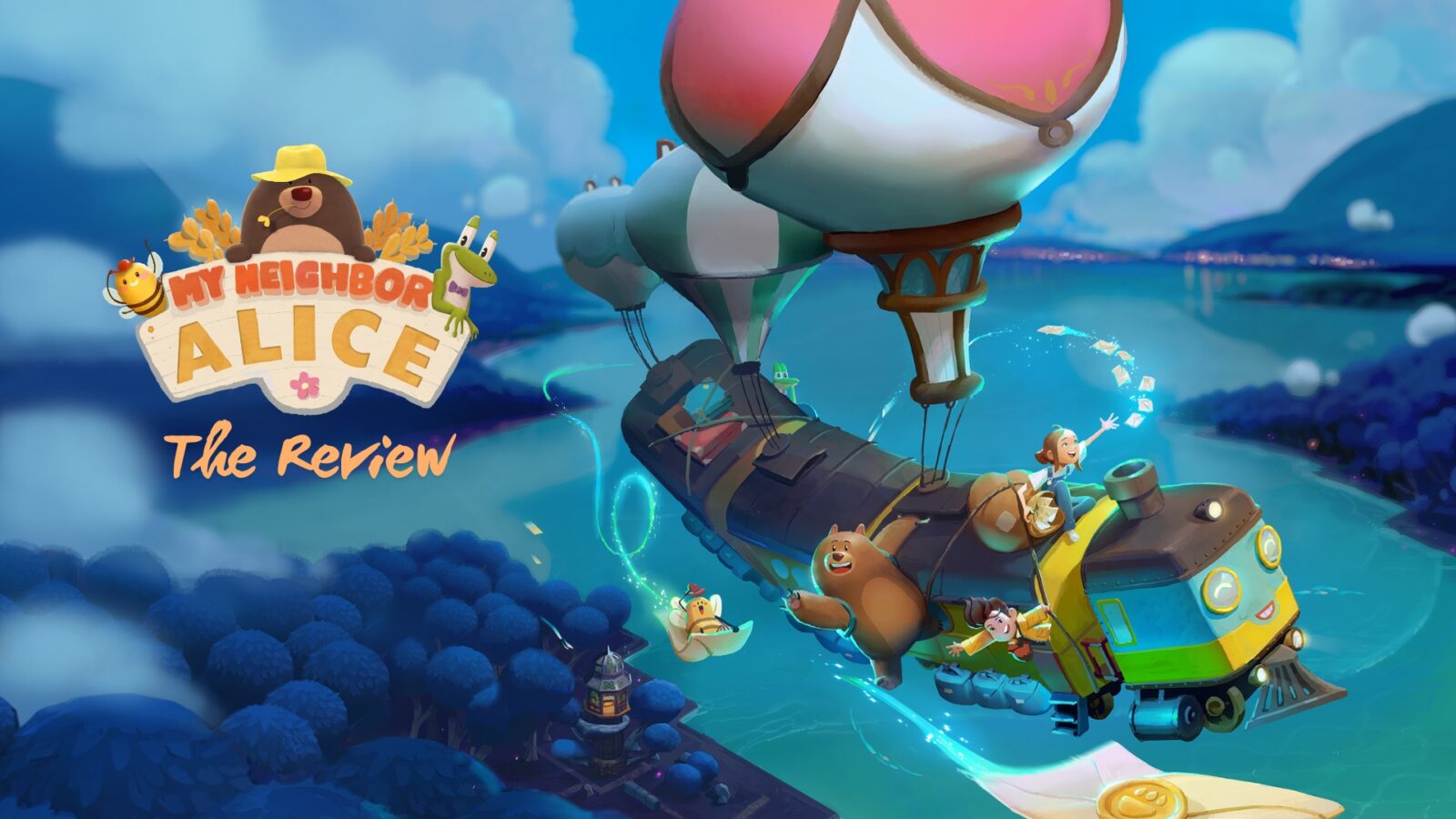
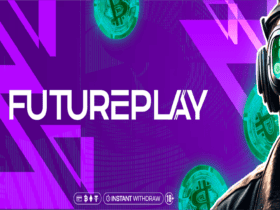
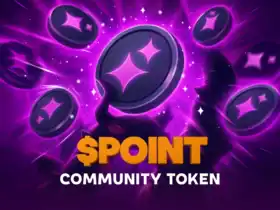
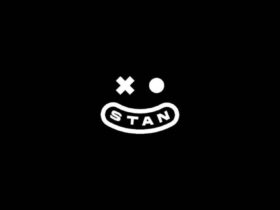

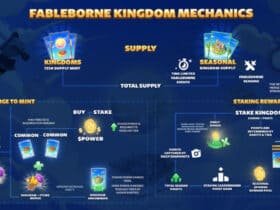
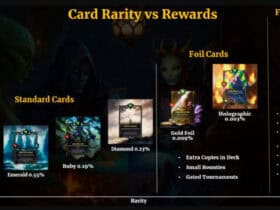
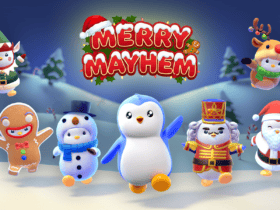
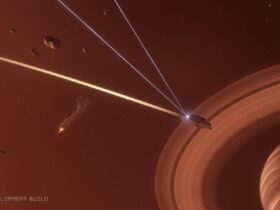

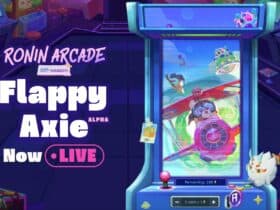

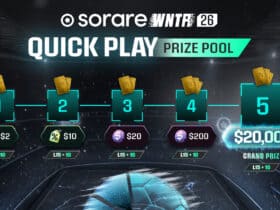




STAY ALWAYS UP TO DATE